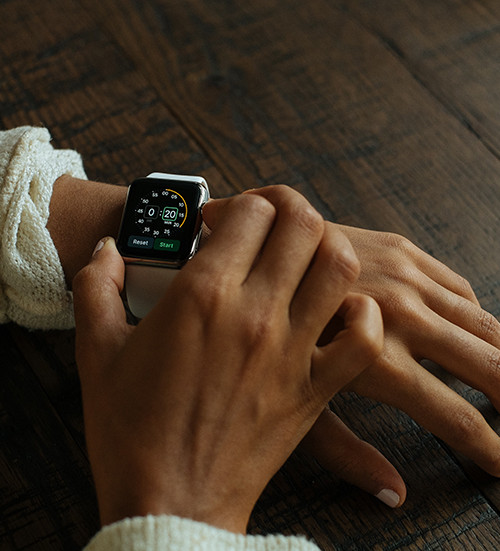Ecommerce continues to develop at a rapid pace, keeping up and adapting new new technology and changing consumer habits. Britta Kristin Bohle, SEM expert at Trusted Shops, looks at the top trends that will help smart retailers shape customer experience in 2016.
These include:
1. Even more focus on mobile
Mobile access and the transactions completed by these devices will continue to grow in 2016. As a result savvy retailers will be switching to mobile formats, with AMP (Accelerated Mobile Pages) tipped to be the system of choice for the future.
2. Augmented Reality
The advantage of bricks and mortar stores versus online platforms is that customers can readily see, and physically touch and test out products before making a purchase. In 2016 forward-thinking online retailers, particularly in the fashion space, will make more use of augmented reality to successfully redress the balance and eliminate the likelihood of missed sales and abandoned baskets.
3. Personalisation
A big focus for Google and one which will become even more prevalent amongst retailers this year is to champion a personalised approach that takes an individual user view to secure not just repeat custom, but incresed purchase volumes. Maintaining relevance means having a broad awareness of past purchases and personal preferences to win the hearts, mind and wallets of shoppers.
4. Amazon SEO
Although many retailers remain critical about selling through Amazon, many (more) are dependent on the reach that it achieves. As with Google, with Amazon searches it’s important to appear as near to the top as possible with your own products. Amazon SEO has emerged as a sub-topic of SEO. The SEO toolbox provider SISTRIX has developed a free keyword tool in this area that can be used to check eCommerce search terms.
5. Google Buy Button
As a possible reaction to the market power of Amazon, Google wants to enable direct eCommerce transactions in its shopping results. For retailers, this creates another conundrum when it comes to how to drive sales. While the use of this tool could be the key to a quick purchase, successful selling online is being able to convert new customers into returning visitors. If a customer is buying a product directly from Google, they are not experiencing your brand or the shopping journey you have created. Google is already testing more product listing ads in the website area od the search results, so retailers must work much harder to ensure customers do not need to take any detours.
6. Social Media
Now that Facebook has become an established tool for online retailers, in 2016 retails should pay more attention to other social channels. Pinterest is definitely the unsung hero in product selling. Whilst customers don’t have direct access to buy, the demographic is right for customers who have time to kill and money to burn. If you showcase your best products and spend time designing boards for different product types, customers with specific interests will be engaged, driving high quality traffic to your site.
7. Wearables Marketing
Now that mobile is a must for most retailers, another marketing platform is following in its wake, with wearables like the Apple watch. The first apps for the wrist-borne technology have already been developed. As more technologies in this vein are sure to follow, it is worth keeping a close eye on newly-emerging eCommerce possibilities.






